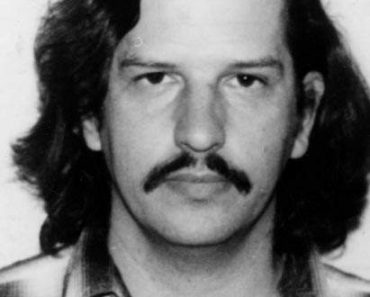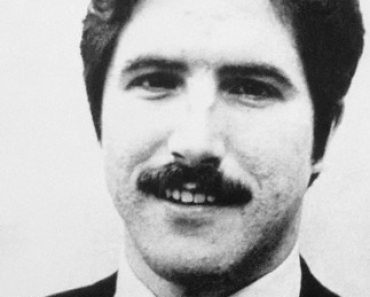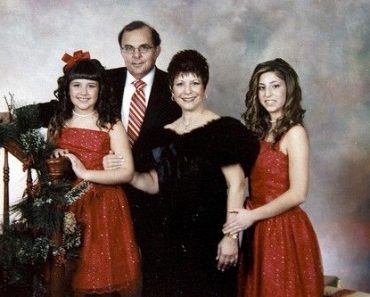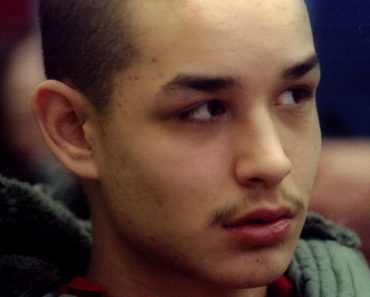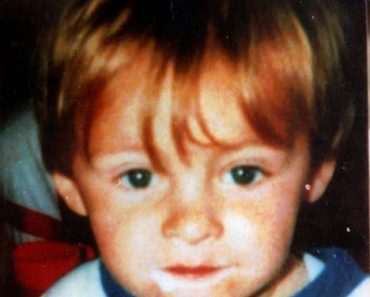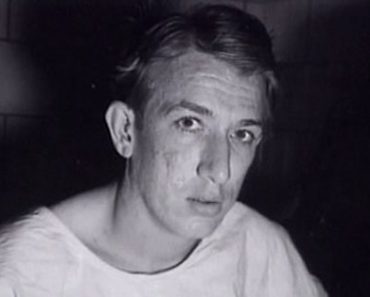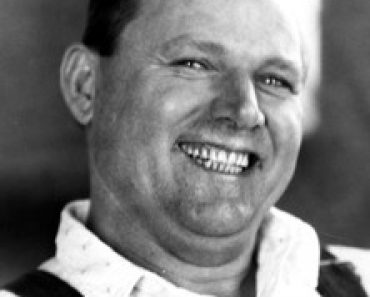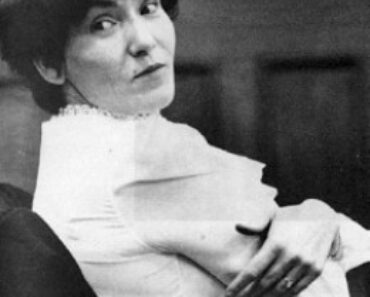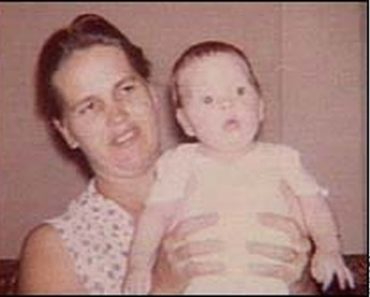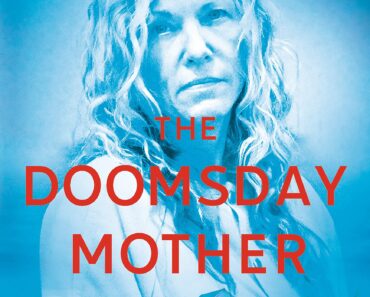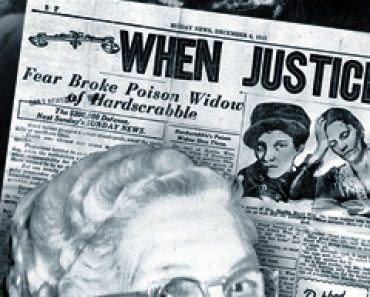
Dana Gray
Killing to Spend
American Female Serial Killer
Crime Spree: February 16, 1994 – March 16, 1994
Dana Sue Gray is an American female serial killer who murdered three elderly women in 1994. She was caught after a fourth intended victim survived and identified her. Gray says she committed the murders to support her spending habits.
An Overwhelming Need
By the time Riverside County Police caught up with Dana Gray, she had garroted and bludgeoned to death a number of elderly women, then gone on shopping binges with their credit cards.
“I had this overwhelming need to shop,” she later stated. “But others saw only an overwhelming need to kill.”
June Roberts
Canyon Lake is built around a meandering golf course and a man-made lake carved from the desert of Riverside County. For retirees like June Roberts, it was just the place to contemplate life in the golfing leisure class from behind 12-foot walls with 24-hour security.
Early one afternoon in 1994, a Cadillac belonging to one of Roberts’s former neighbors nosed through the development’s gates and stopped in front of the olive and white house on Big Tee Drive. Leaving her 5-year-old passenger in the front seat, the driver walked up to the front door. What immediately transpired when she opened her door isn’t known, but Roberts, 66, was ultimately strapped to a chair, strangled with a cord ripped from her telephone and hammered savagely on the face with a wine bottle.
Less than an hour later, the Cadillac was parked in front of Bally’s Wine Country Cafe in Temecula, where Roberts’s killer puffed cigarettes and frowned at the small boy running around the tables. She charged the crab cake and scampi to Roberts’s credit card. It was too much to eat, so the waiter packed the rest to go.
The next stop was an eyebrow wax and a perm for herself and a fashionable cut for the boy. Signing the $164.76 charge to “June Roberts,” she told the stylist she was on a “shopping spree.” She spent $511 on a black suede jacket and several pairs of cowboy boots, $161 on a pair of diamond drop earrings—all charged to June Roberts.
Heading home, she swung by a drugstore and picked up dog treats and two bottles of Smirnoff. On the way to the checkout counter, she paused in the toy aisle and tossed a $5.99 toy police helicopter into her basket.
Dorinda Hawkins
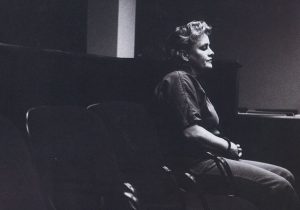
Ten days later, Dorinda Hawkins, 57, was strangled while working at an antiques store in Lake Elsinore and left for dead. Fortunately she survived and gave officers a description of her blonde, wavy-haired female attacker.
Within the week, 87-year-old Dora Beebe in nearby Sun City, another golf mecca for retirees, was strangled and beaten to death with a household iron.
The outcry over the murder was enough for Riverside County sheriff Cois Byrd to show up in person at the crime scene, hoping to quell the fear among his older constituents.
Finding the suspect didn’t take long. Earlier in the day of the Beebe killing, a police task force, acting on a tip, had been following a woman on what looked like routine errands to the bank, drugstore and supermarket. The cops were watching her unload shopping bags from the trunk of her Cadillac when they learned of Beebe’s death, and suddenly realized they had been following her killer on another of her post-murder spending sprees.
When Dana Gray was arrested later that day, police found Beebe’s credit cards in her lingerie drawer; a closet full of new clothes, tags still attached; boxes of Nike Air athletic shoes, a purple boogie board, a $1,000 Trek mountain bike and unopened bottles of Opium perfume. The items were spread out as if in a post-Christmas quandary of where to store all the presents. “It looked like Bullock’s,” one officer said.
Dana Gray was handcuffed and put into a police cruiser, still wearing the diamond earrings purchased with June Roberts’s credit card. She talked about her new boogie board all the way to the station.
Dana Gray
There have been only 36 documented female serial killers in this century. Dana Gray is one of the least typical. The motives of women serial killers are usually more complex than men’s. Women take extraordinary care planning their crimes and avoid detection longer than men, who are often sexual predators. Female serial killers typically target spouses, children or people under their care and, even then, kill at a distance with poison or guns.
Dana Gray distinguished herself by her taste in victims, her motive and the gruesomely intimate method of using her hands and a phone cord to strangle, then a handy tool to bludgeon. She chose as her victims two strangers and one with only remote family ties.
The clubbing of Beebe, a stranger to Dana Gray, dented the iron and left so much splatter that a bloody outline of her body remained on the hallway wall after her body was removed. Detectives said the crime scene ranked among the most brutal they had ever seen.
Prosecutors gathered enough evidence to charge Dana with Davis’s murder but declined to do so because the cases against her in the Roberts and Beebe murders were strong and already pending. Davis, recovering from triple-bypass surgery, was surprised in her La-Z-Boy recliner and left, still wearing her comfy slippers, with a large utility knife buried to the hilt in her neck and another sticking out of her chest.
The Plea
Gray’s fastidious grooming and fashion sense were barely ruffled by the killings. She dressed well, had regular manicures and pedicures and was meticulously clean. She was so neat that Riverside County deputy district attorney Richard Bentley still marvels at how she emerged from disturbingly messy crime scenes with nary a drop of blood on her or, apparently, a hair out of place. Clerks, waitresses and salespeople who waited on Dana Gray after she killed say she might have seemed somewhat nervous but was always well groomed. Indeed, the day after strangling and bludgeoning Roberts, Gray loaded up on suntan lotion, got a massage at Murrieta Hot Springs Resort and spent the afternoon power shopping, all courtesy of her victim.
For four years, Dana Gray maintained she was innocent by reason of insanity. Then, on the eve of her trial in September this year, she abruptly agreed to plead guilty to all charges, averting almost certain execution in exchange for a life sentence without chance of parole.
Prison Life for Dana Gray
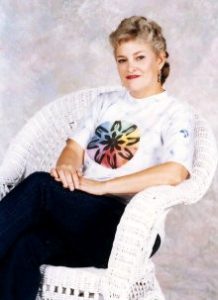
Dana Gray was housed in the Riverside jail’s high-security unit. She adapted quickly to jail, dubbing it her “county condo,” and hectored her jailers to provide a semblance of her high-maintenance civilian lifestyle: She insisted on a vegetarian diet, demanded a visit from her chiropractor, bemoaned the absence of a mirror and dashed off an impressive volume of letters for the disposition of her belongings.
She drew chilling clown faces—a la John Wayne Gacy—with paints cobbled together from M&M’s candy coating, cherry drink mix, blue eye shadow, lipstick and baby powder. Refusing the cheap Nikes brought by her family on a visit, she demanded the high-end models to which she was accustomed.
Dana Gray
It’s hard to say exactly what Dana Gray was thinking when she parked her Cadillac in front of June Roberts’ house in Canyon Lake. She told one psychologist she planned to visit her father; who still lived in the development, and saw June raking leaves as she drove by.
She told a second she drove directly to June’s house to borrow a book on vitamins, then felt “really annoyed” because June gave her “the wrong one.”
She told a third that she was infuriated with June’s supposed remark that Gray didn’t “do enough” in her failed marriage. Asked what made her believe that Roberts, and her other victims, were looking down on her, she added, “The arching of the eyebrow. That is what happened. All three.”
The Killings of Dana Gray
Dana’s description of the killings embodied a minimalist’s eerie efficiency.
Dana left her boyfriend’s 5-year-old son in the car because, she said later, she thought she would be “real quick.” She followed June Roberts inside her home through the kitchen and into the living room.
“I was right behind her. I choked her with the phone cord. She was holding on, trying to get the cord off. I pulled her down. She was on her back. I hit her in the head with a bottle. I lost it. I was so consumed. I don’t know the time span in there—must have been very quick. She must’ve stopped moving and I left. As I walked out, she had a little wallet thing. I grabbed it. Then we went out, proceeded to shop up a storm.
“When given the opportunity by psychologists to express remorse, Dana Gray appeared unsure of the concept and remained submerged in her own feelings. “I was real fragile,” she said.
Ten days later, Dana Gray went to the Main Street Trading Post, an antiques store in Lake Elsinore, to buy frames for pictures of her mother. There she deemed Dorinda Hawkins’s greeting to her as she entered the store a “put down,” that Hawkins was trying to make her “feel insignificant. She gave me a look, saying, “Can I help you?'” with crossed arms, that, to Gray, indicated condescension. “I felt sick in my stomach. I wanted to vomit. I wanted her to die.”
Dana Gray made the bizarre assertion that Hawkins fainted instead of being choked unconscious. Hawkins’s version underscores the prolonged violence of the attack, beginning with Gray asking if Hawkins was working alone and ending with the sound of Gray’s voice coaxing her into unconsciousness: “Relax. Just relax.”
Dana Gray shoved Hawkins to the ground and stepped on her head as a brace to better choke her. “Her eyes were flat,” Hawkins told Riverside’s Press-Enterprise. “I could tell she had killed before.”
After the attack, police circulated an artist’s sketch of an attractive woman with wavy, shoulder-length blonde hair. Dana Gray promptly cut and permed her hair and dyed it red.
Gray’s murder of Beebe less than a week later in Sun City followed a visit to her father in Canyon Lake. A 20-year resident of the sparsely populated region, Dana Gray gave the improbable excuse that she had gotten lost and stopped for directions at the house of a stranger, Beebe.
Gray claims Beebe sighed irritably and said, “I don’t have time for this,” but also claims Beebe invited her inside and offered to help. Turning her back on Dana Gray to fetch a Thomas Guide was a trigger.
“So she turned her back on me, continuing to bitch. I choked her with the phone cord. I hit her in the head with an iron. That was it. As I remember, it was not much of a fight.” Gray recalled that she was still lost after the murder but the paper trail shows that, within minutes, she managed to find Beebe’s bank and withdraw $2,000 in cash.
Her splurge on this outing was a smoothie and assorted supplements at a health food store, a briefcase and gourmet groceries. She became so blithe about forging Beebe’s checks that she signed one draft “Dana Beebe.”
“I had this overwhelming need to shop.”
The Surveillance
The wave of killings, meanwhile, terrified Russell and Geri Armbrust, Dana Gray’s father and stepmother, who had lost their friend, June Roberts, and Geri’s ex-mother-in-law, Norma Davis. All of them lived in Canyon Lake, where Gray’s house was in foreclosure. “Everyone was terrified,” Geri said. “Russell and I were terrified. He kept a loaded pistol at his side 24 hours a day.”
The pieces started to fit together for Geri after she turned down one of Gray’s more frantic requests for money. When she saw the police sketch of the killer based on Hawkins’s description and learned that Dana Gray had suddenly dyed her hair red after years of being blonde, she phoned police as a confidential informant, setting off the surveillance. Geri told an investigator she thought she was next.
Dana Gray was arrested on March 16, 1994. She was sentenced to life without parole on October 16, 1998 and is now imprisoned in the California Women’s Prison in Chowchilla.
source: murderpedia | mylifeofcrime | wikipedia
This site contains affiliate links. We may, at no cost to you, receive a commission for purchases made through these links






